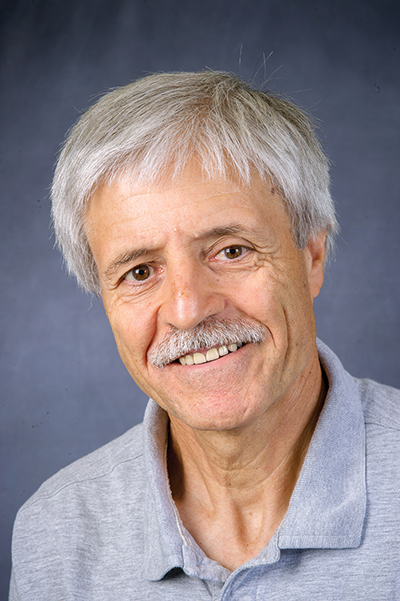 Adel Shirmohammadi, professor and former associate dean for research and associate director of the Maryland Agricultural Experiment Station (MAES), discusses rejuvenating Mother Earth through green technology and promoting optimal health through urban design.
Adel Shirmohammadi, professor and former associate dean for research and associate director of the Maryland Agricultural Experiment Station (MAES), discusses rejuvenating Mother Earth through green technology and promoting optimal health through urban design.
What is the role of green technology in an increasingly urban world?
Mother Earth is a living giant composed of air, water, soil, and the biosystem, with the health of these living systems all necessary for the health of the planet and its residents. Urban or rural, these systems need to be clean to thrive. Green technology helps rejuvenate the surrounding ecosystem otherwise damaged by our way of life. Through green technologies that support urban settings like waste recycling, waste treatment to create value-added products like bioenergy, urban forests and greenery that naturally purifies the air and manages stormwater, and a focus on conservation, we can shift to urban settings that reduce damage and implement designs that breathe life into these systems.
What does it mean to optimize an urban environment, and how does this relate to health?
As an engineer by training, optimization means that you are taking into account all the benefits and constraints of any project. The design has to be scientifically, economically, environmentally, publicly, and politically feasible. This is true in urban design, where many interests come together. Green optimal urban settings create a platform to provide healthy food, air, and social environments, and recreation in nature for the surrounding neighborhood. When the environmental, mental, and physical health benefits of well-designed green spaces are recognized by the public and by politicians, you can create an inclusive environment that links emotions and values and provides equal opportunity to the health benefits of green space, promoting social and environmental justice.
What is the importance of involving community residents in managing environmental and agricultural improvements in urban and rural areas?
Without community support, anything you deem as an improvement may not be taken that way by the community. But, when the community not only supports but takes ownership of the project, these improvements can bring the community together. In community gardens I’ve visited, the youth are so happy to be learning something, interacting with nature, and taking produce back home to their families. That is irreplaceable. It's a chance to empower the community and provide equitable access to nutritious food, especially in food insecure neighborhoods, while bringing people together culturally that may never have otherwise interacted.
What role can AGNR play in promoting the synergy of built and natural environments?
In AGNR, we are in the best position to work at these intersections because of our interdisciplinary expertise and land grant mission of serving the state. With experts across social issues, health, design, engineering, environmental science, and urban agriculture among other important areas to these rural-urban interfaces, we are capable of creating ecologically sustainable corridors like our proposed AgroEcology Corridor (mentioned later in this issue) that breathe life into the planet while serving the community and improving health. We have the platform, the ingredients, and the recipes to make an impact. We hope you will enjoy reading about many of those impacts in this issue.
Thank You Adel, and Welcome Puneet!
While we’ve been thrilled to have Adel take us through the five AGNR Strategic Initiatives in the latest issues of Momentum, we are equally excited for the future of this column, featuring our new associate dean for research and associate director of MAES, Puneet Srivastava. Together, we are looking forward to exploring new topics highlighting the breadth and depth of our research efforts in AGNR.